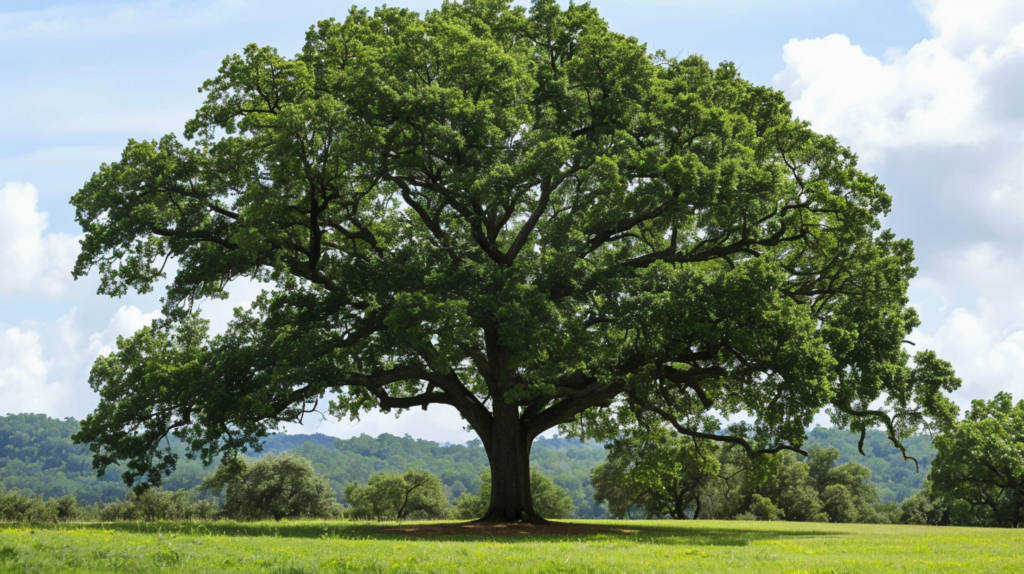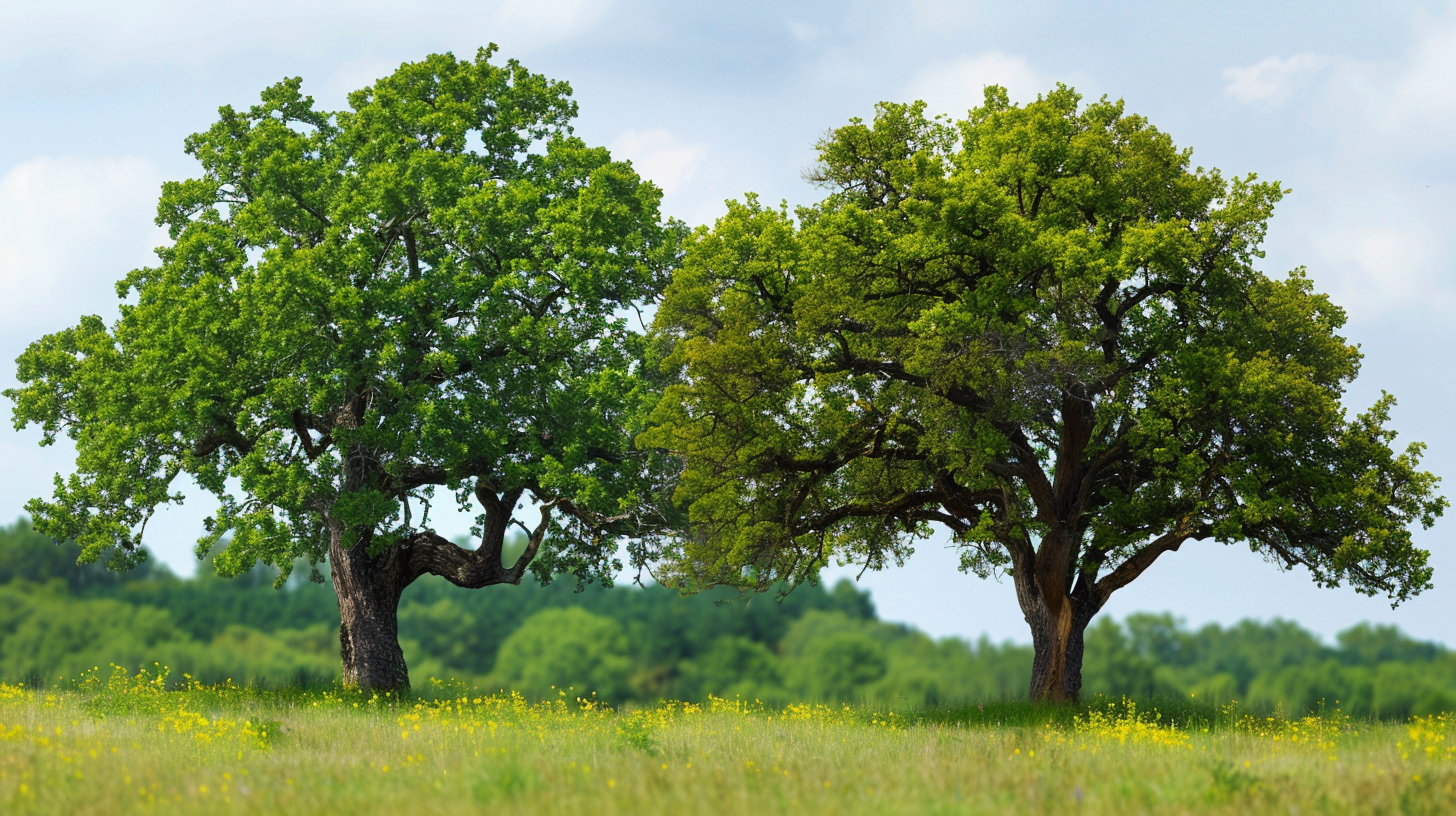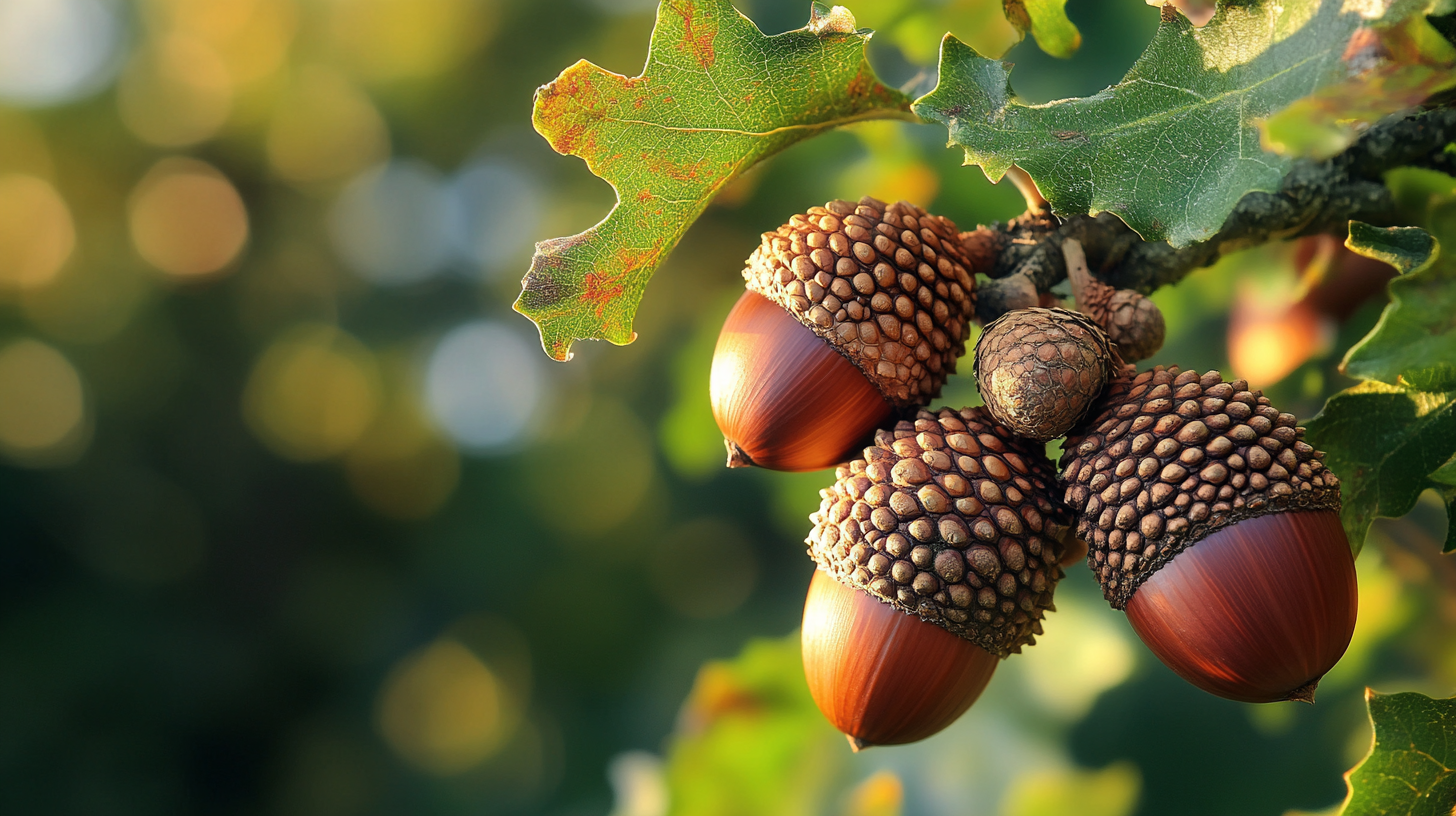Table of Contents
Oak trees are one of the most iconic and widespread tree species in the world, with over 600 species found on every continent except Antarctica. Despite their ubiquity, many people are unclear about the reproductive habits of oak trees. Do oak trees have male and female individuals, or do they reproduce in some other way? In this article, we’ll delve into the fascinating world of oak tree reproduction, exploring how these trees produce acorns, the role of male and female flowers, and what it means for oak trees to be hermaphroditic.
How Do Oak Trees Reproduce?
Oak trees, like all plants, reproduce by producing seeds. In the case of oak trees, these seeds are the familiar acorns that are a staple food source for many animals. But how do oak trees produce these seeds? The process begins with the production of flowers. Oak trees produce two types of flowers: male flowers, also known as catkins, and female flowers, which contain the ovules where the seeds will develop.
The male flowers, or catkins, are long, drooping structures that produce pollen. This pollen is then carried away by the wind, a process known as anemophily, to the female flowers. The female flowers, on the other hand, are small and inconspicuous, and are usually found at the end of a branch. Once the pollen reaches the female flower, fertilization occurs, and the seed begins to develop.
The Role of Male and Female Flowers in Oak Trees
Do Oak Trees Have Male and Female Flowers?
Yes, oak trees do have male and female flowers, but they are not as distinct as those found in animals. The male flowers, or catkins, are responsible for producing pollen, while the female flowers contain the ovules where the seeds will develop. This is a common arrangement in plants, known as dioecy.
| Flower Type | Description | Function |
|---|---|---|
| Male (Catkins) | Long, drooping structures | Produce pollen |
| Female | Small, inconspicuous | Contain ovules for seed development |
How Oak Trees Produce Acorns
The process of acorn production is a complex and fascinating one. It begins with the production of male and female flowers, which are usually found on the same tree. The male flowers produce pollen, which is then carried away by the wind to the female flowers. Once the pollen reaches the female flower, fertilization occurs, and the seed begins to develop.
Here is a step-by-step breakdown of the acorn production process:
- Pollen Production: The male flowers, or catkins, produce pollen.
- Pollen Dispersal: The pollen is carried away by the wind to the female flowers.
- Fertilization: The pollen reaches the female flower and fertilization occurs.
- Seed Development: The seed begins to develop, receiving nutrients from the tree.
- Maturation: The acorn matures and is ready for dispersal.

Are All Oak Trees Hermaphroditic?
The Hermaphroditic Nature of Oak Trees
Oak trees are considered hermaphroditic, meaning they have both male and female reproductive organs. However, this does not mean that they can fertilize themselves. Instead, the male and female flowers are usually found on the same tree, but are separated in time. This is known as monoecy.
Why Are Oak Trees Hermaphroditic?
Oak trees are hermaphroditic because it allows them to increase their chances of successful reproduction. By having both male and female flowers on the same tree, oak trees can ensure that they will be able to produce seeds, even if there are no other oak trees nearby.
Variations in Oak Tree Reproduction
Different Oak Tree Species, Different Reproductive Strategies
While all oak trees are hermaphroditic, different species have slightly different reproductive strategies. For example, some oak trees, such as the white oak, produce acorns that mature in one year, while others, such as the red oak, produce acorns that take two years to mature.
| Oak Tree Species | Acorn Maturation Time |
|---|---|
| White Oak | 1 year |
| Red Oak | 2 years |
Environmental Factors and Oak Tree Reproduction
Environmental factors, such as climate and soil quality, can also influence oak tree reproduction. For example, oak trees growing in areas with poor soil quality may produce fewer acorns, or may have a lower rate of fertilization.
Common Questions About Oak Tree Reproduction
Frequently Asked Questions About Oak Tree Reproduction
Here are some common questions about oak tree reproduction:
- Do oak trees need to be near each other to reproduce?
- No, oak trees do not need to be near each other to reproduce. They can produce seeds through self-pollination, or by receiving pollen from a distant tree.
- How long does it take for an oak tree to produce acorns?
- The time it takes for an oak tree to produce acorns can vary depending on the species, but it is usually around 1-2 years.
- Can oak trees self-pollinate?
- Yes, oak trees can self-pollinate, but they are more likely to produce seeds if they receive pollen from another tree.

Conclusion
Oak tree reproduction is a complex and fascinating process that involves both male and female flowers. While oak trees are not typically thought of as having a traditional male/female dichotomy, they do have a unique reproductive system that allows them to produce seeds. By understanding how oak trees reproduce, we can better appreciate these incredible trees and work to conserve and protect them for future generations.
Final Thoughts
Oak trees are a vital part of many ecosystems, providing food and habitat for countless animals. By understanding their reproductive habits, we can better appreciate the importance of these trees and work to protect them. Whether you’re a forester, a naturalist, or simply someone who appreciates the beauty of nature, the reproduction of oak trees is a fascinating topic that is sure to captivate and inspire.




